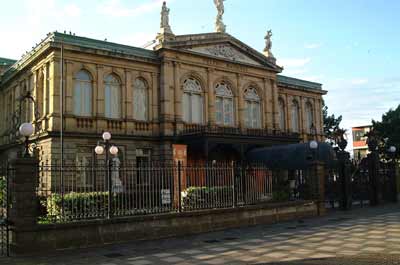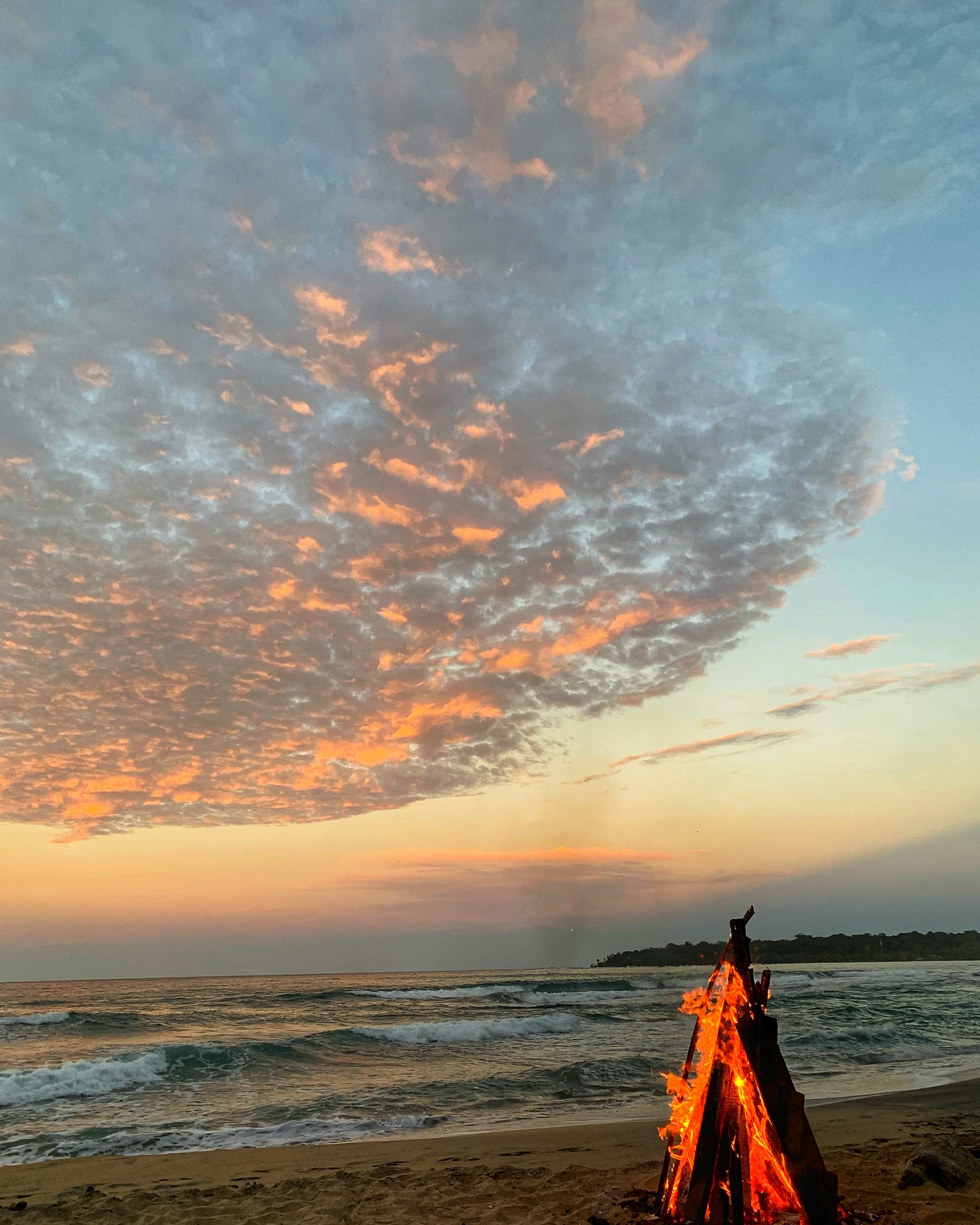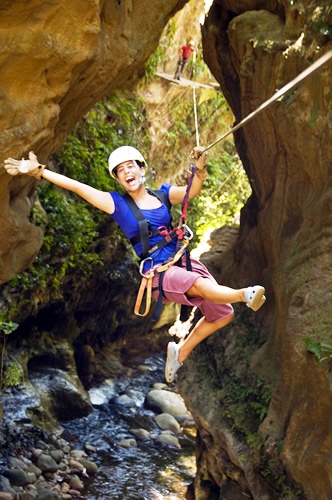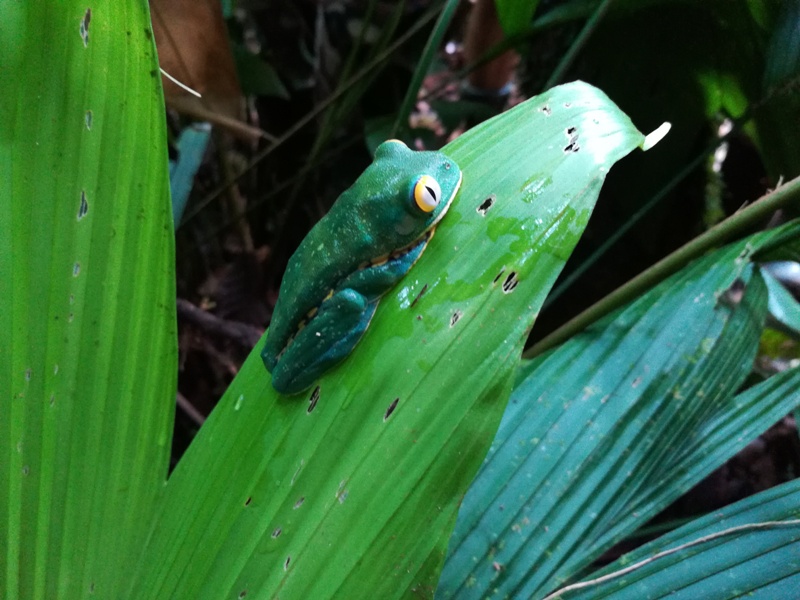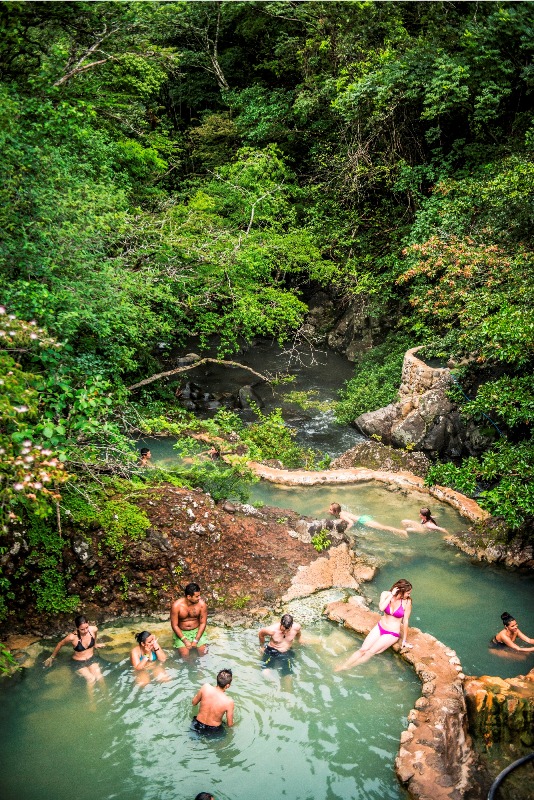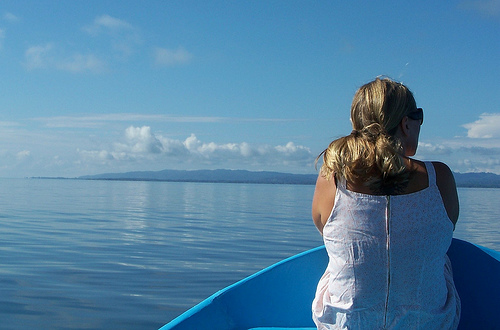Most tourists to Costa Rica never see San Jose. They are whisked off from the Juan Santamaria International Airport outside the city to the “pretty” sights of the country; or they fly into the northern Guanacaste international airport at Liberia and don’t go anywhere near the Central Valley. That’s too bad. San Jose has a lot to offer … from museums to art galleries, plazas, walking boulevards, shady green parks, hidden architectural gems and great restaurants … you just have to know where to look.
It has been a while since even I have walked in the center of San Jose. When I lived in the capital city of Costa Rica from 1999 to 2002, I used to walk down Avenida Central (Central Avenue) and the surrounding boulevards and streets all of the time, enjoying the city’s cultural diversity. After I moved to other parts of the country, I haven’t visited as frequently.
On a recent weekday, I ventured into the heart of Costa Rica’s “concrete jungle” to see a fantastic temporary exhibit at the National Museum of Costa Rica. The city center was lovely and pleasant; the police presence was very visible, both on foot and on bicycle. People were out and about … shopping, on business errands, on breaks from offices, strolling.
 The old Neo-Classical and Art Deco style buildings along Avenida Central are still there, and most have been given facelifts of new paint and restoration. The National Theatre is as gorgeous as ever. Built in the late 19th century, it is one of the finest historic buildings in the capital city and a main downtown landmark. During the day, you can go inside to see the lobby, the wonderful coffee and dessert “café”, and the fabulous souvenir shop full of very unique and artistic Costa Rican-made gifts – purses and jewelry made of recycled plastic and aluminum can pull-tabs, beautiful recycled glass jewelry, and delicious Costa Rican organic chocolates by Sibú Chocolate, among others. Musical, dance and dramatic performances are staged in the Theatre all year long. See their schedule here.
The old Neo-Classical and Art Deco style buildings along Avenida Central are still there, and most have been given facelifts of new paint and restoration. The National Theatre is as gorgeous as ever. Built in the late 19th century, it is one of the finest historic buildings in the capital city and a main downtown landmark. During the day, you can go inside to see the lobby, the wonderful coffee and dessert “café”, and the fabulous souvenir shop full of very unique and artistic Costa Rican-made gifts – purses and jewelry made of recycled plastic and aluminum can pull-tabs, beautiful recycled glass jewelry, and delicious Costa Rican organic chocolates by Sibú Chocolate, among others. Musical, dance and dramatic performances are staged in the Theatre all year long. See their schedule here.
 Housed in the impressive old army barracks fortress on the east side of the Plaza de la Democracía (Democracy Square), the Costa Rica National Museum is definitely worth a visit. Painted in bright gold with white trim, it’s another major downtown San Jose landmark. If you’ve never been, go. If you haven’t been recently, go now while you can still see the wonderfully captivating temporary exhibit of photographs of Costa Rican life by master photographer Francisco Coto.
Housed in the impressive old army barracks fortress on the east side of the Plaza de la Democracía (Democracy Square), the Costa Rica National Museum is definitely worth a visit. Painted in bright gold with white trim, it’s another major downtown San Jose landmark. If you’ve never been, go. If you haven’t been recently, go now while you can still see the wonderfully captivating temporary exhibit of photographs of Costa Rican life by master photographer Francisco Coto.
The National Museum is celebrating 125 years in 2012, and the exhibit “Francisco Coto, Cazador de Memorias” (Francisco Coto, “Memory Hunter”) highlights 5 decades of photographs of life and landscapes in Costa Rica from 1945 to 1990. The exhibit will be at the museum until October 2012.
 Francisco Coto, now 88 years old, worked as a photojournalist and professional portrait photographer for most of his life. More than 150 of his finest photographs, plus many of the cameras he used during his career, are on display at the museum. Highlights include a fantastic photo of former President John F. Kennedy walking in the entrance to the National Theatre during his March 1963 visit to Costa Rica, and a series of photos of the last great eruption of Irazu Volcano that happened on March 19, 1963, during Kennedy’s visit. There are photos of everyday people throughout the years, street life in San Jose, landscapes of a wild and undeveloped Costa Rica, including one of Jaco Beach with only open sand and a skyline of palm trees.
Francisco Coto, now 88 years old, worked as a photojournalist and professional portrait photographer for most of his life. More than 150 of his finest photographs, plus many of the cameras he used during his career, are on display at the museum. Highlights include a fantastic photo of former President John F. Kennedy walking in the entrance to the National Theatre during his March 1963 visit to Costa Rica, and a series of photos of the last great eruption of Irazu Volcano that happened on March 19, 1963, during Kennedy’s visit. There are photos of everyday people throughout the years, street life in San Jose, landscapes of a wild and undeveloped Costa Rica, including one of Jaco Beach with only open sand and a skyline of palm trees.
The rest of the National Museum is just as fascinating. Outside of the building, you can still  see bullet holes in the walls and on the corner turrets from the short-lived 1948 civil war. The museum entrance takes you through a marvelous, exuberant butterfly garden with dozens upon dozens of blue morphos and other jewel-colored butterflies fluttering around flowers and stands with ripe fruit. You’ll walk up long ramps and then out of the garden into the inner colonial-style courtyard. Exhibit rooms ring the courtyard.
see bullet holes in the walls and on the corner turrets from the short-lived 1948 civil war. The museum entrance takes you through a marvelous, exuberant butterfly garden with dozens upon dozens of blue morphos and other jewel-colored butterflies fluttering around flowers and stands with ripe fruit. You’ll walk up long ramps and then out of the garden into the inner colonial-style courtyard. Exhibit rooms ring the courtyard.
You’ll find a room with historical artifacts from the colonial times, such as clothing and items of daily living. In the Pre-Columbian History rooms, you’ll learn about the lifestyles of Costa Rica’s original peoples from about 12,000 B.C. until the arrival of the Spanish in 1502. There are jade carvings dating back 2,500 years, clay  pottery, carved stone pieces and several of Costa Rica’s famous stone spheres. Besides the mysterious spheres, the most incredible objects are the thin, slightly concave “tables,” or grinding stones, carved with ornate details from a solid piece of volcanic stone and perfectly balanced on only 3 legs. They range from the size of a small platter to a small bed. Indigenous gold jewelry and figurines are housed in a separate vault room.
pottery, carved stone pieces and several of Costa Rica’s famous stone spheres. Besides the mysterious spheres, the most incredible objects are the thin, slightly concave “tables,” or grinding stones, carved with ornate details from a solid piece of volcanic stone and perfectly balanced on only 3 legs. They range from the size of a small platter to a small bed. Indigenous gold jewelry and figurines are housed in a separate vault room.
Inside the finely restored former garrison commanders’ wooden houses, in the far northeast corner of the museum, is perhaps one of the finest examples of “mosaico” flooring that I’ve ever seen. The inlaid cement tiles are fused with color using a hydraulic press. The design of the museum floor makes a 3-dimensional pattern of rectangles or cubes that change the appearance of “which way they face” depending on where you are standing in the room. It’s amazing!
The Costa Rica National Museum (Museo Nacional de Costa Rica) is open Tuesday to Saturday from 8:30 am to 4:30 pm, and Sundays from 9 am to 4:30 pm. Closed Mondays. More information can be found here.
 See the best of Costa Rica’s capital on a San Jose City Tour with Valle Dorado Tours. The driving and walking tour immerses you in Costa Rica’s rich culture and history, experiencing the beautiful museums and historical sites of San José. Don’t miss this fantastic and informative insider’s view to the heart of Costa Rica.
See the best of Costa Rica’s capital on a San Jose City Tour with Valle Dorado Tours. The driving and walking tour immerses you in Costa Rica’s rich culture and history, experiencing the beautiful museums and historical sites of San José. Don’t miss this fantastic and informative insider’s view to the heart of Costa Rica.
Valle Dorado Tours offers a full menu of exceptional one-day tours all over the country, plus fully customized vacation packages just for you. Their expert travel staff can help you arrange your Costa Rica visit from start to finish; they’ll recommend where to go, where to stay, and what to do. They specialize in making dreams come true!
By Shannon Farley



